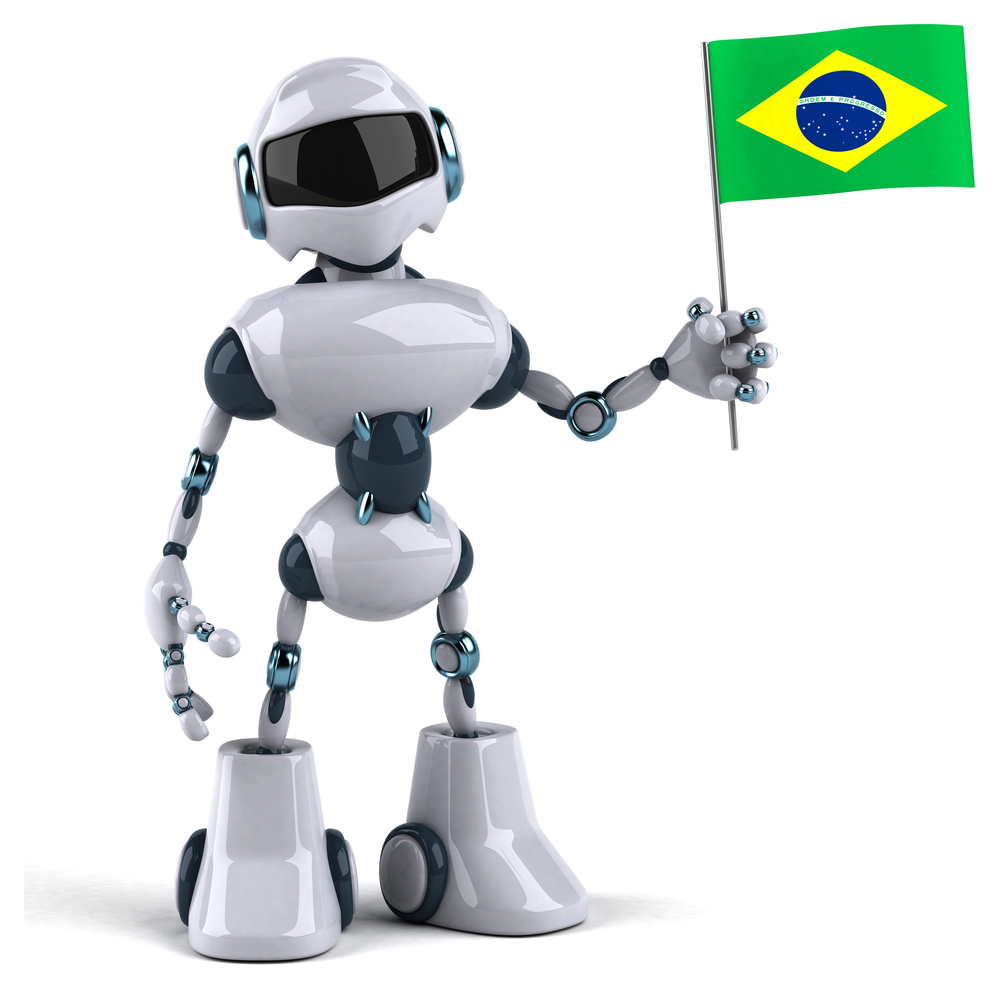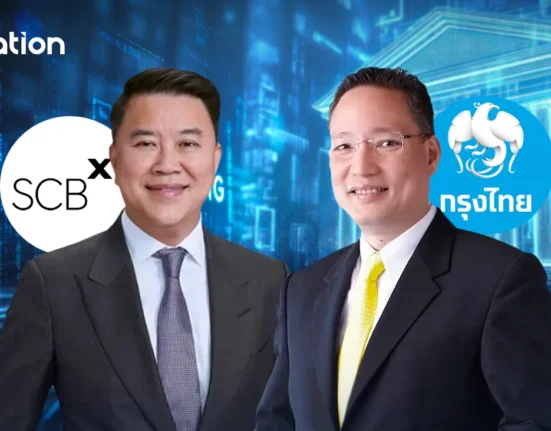“Brazil, the United States and Europe have each adopted stringent requirements for patenting AI inventions, tailored to promote technological advancement while preventing overly broad, abstract claims.”
 Innovation in artificial intelligence (AI) is transforming industries and everyday life. Given its growing importance, many jurisdictions, including Brazil, the United States, and Europe, are establishing specific guidelines to legally protect AI inventions. Although each region seeks to protect innovation, the approaches differ significantly, particularly regarding patentability requirements, inventiveness, and technical disclosure.
Innovation in artificial intelligence (AI) is transforming industries and everyday life. Given its growing importance, many jurisdictions, including Brazil, the United States, and Europe, are establishing specific guidelines to legally protect AI inventions. Although each region seeks to protect innovation, the approaches differ significantly, particularly regarding patentability requirements, inventiveness, and technical disclosure.
Brazil: AI Patentability Hinges on Technical Effect
In Brazil, there is no specific rule for inventions involving AI. Therefore, those inventions are regulated by the Industrial Property Law (Law No. 9,279/1996 – the Brazilian IP Law) and by guidelines from the National Institute of Industrial Property (INPI or Brazilian Patent and Trademark Office – BPTO), such as the Guidelines for Examining Patent Applications Involving Computer-Implemented Inventions (2020). Brazilian law excludes “software per se” from patentability but allows protection for computer-implemented systems (such as AI systems) that demonstrate an applicable technical effect, as in industrial processes.
The current Guidelines for Examining Patent Applications Involving Computer-Implemented Inventions (2020) establish in paragraph 13 that: “Artificial intelligence (AI) techniques, covering machine learning tools and deep learning tools, amongst others, when applied on the solution of technical problems can be considered an invention”.
Accordingly, the patentability requirements for AI inventions are generally the same as for other inventions: they must be new, involve an inventive step, and be capable of industrial application. However, as set forth in the BPTO guidelines, these inventions must exhibit a specific “technical effect”, meaning the invention must solve a technical problem through AI, going beyond mere calculations or data manipulation. In this sense, it is important to ensure that the patent application clearly details the technical and innovative use of AI, demonstrating a clear industrial application and specifying how the use of the technology results in a concrete technical effect.
Recent BPTO decisions emphasize the necessity of this technical effect, indicating that the AI must be implemented in an innovative and non-obvious way to be considered inventive. Other BPTO decisions from the second instance of examination (appellate stage) indicate that the technical effect and specific application of AI are fundamental in determining the eligibility and inventive step of inventions in this field.
Finally, it is worth noting that the BPTO is currently preparing specific rules for eligibility and patentability of inventions involving AI. It is expected that these rules will be published still in 2025. So far, there are no clear indications on which criteria the BPTO will adopt or whether the rules will restrict or allow certain types of inventions involving AI.
United States: The Two-Prong Approach to AI Patent Eligibility
The USPTO’s updated understanding of patent applications related to artificial intelligence (AI) focuses mainly on two aspects: the eligibility of subject matter and the practical application of AI in inventions. The USPTO details how certain types of AI inventions, which include mathematical concepts or mental processes, can be considered abstract and, therefore, patent ineligible. To overcome this obstacle, it is necessary for the claims to integrate the judicial exception into a practical application that improves the functioning of a computer or other technical field, in accordance with the eligibility guidelines.
In the 2024 updates, the USPTO instructs that claims should be analyzed using a two-prong approach in which Prong One checks if the claim describes a judicial exception (abstract idea or mathematical concept), while Prong Two evaluates whether this exception is integrated into a practical application with a technical impact, such as improvements in network security or the accuracy of speech recognition systems. The two-prong approach used by the USPTO is derived from the Alice/Mayo framework, which primarily applies to inventions involving abstract ideas. In evaluating inventiveness, the USPTO places significant emphasis on whether the AI invention addresses a specific technical problem, particularly when it contributes to functional improvements in technical fields.
These updates underscore the USPTO’s emphasis on only granting patents to AI inventions that deliver tangible technical benefits. By requiring claims to show a concrete application within a technical field, the USPTO aims to balance encouraging genuine AI innovation while preventing patents on abstract ideas. This approach helps ensure that patents are awarded to AI developments that drive technological progress, aligning with the broader goals of patent law.
Europe: Reproducibility and Specific Technical Purpose
Europe, through the European Patent Office (EPO), adopts a technical approach similar to Brazil’s with an additional emphasis on ensuring inventions are described in sufficient detail for reproducibility. According to updated guidelines from 2024, for AI inventions to qualify as patentable, they must address a “specific technical purpose,” which means the AI must contribute to a concrete technical solution or improvement, such as advancements in image or audio processing, rather than merely abstract methods.
The EPO guidelines further specify that the technical character of the invention must be demonstrated through features that go beyond standard algorithmic approaches, focusing on technical effects achieved through integration into a practical context. This includes improvements that may be observed in various technical fields, for instance, in medical diagnostics, where AI-enhanced image recognition assists in detecting health conditions with increased precision. European guidelines tend to be more rigorous regarding the need for detailed technical documentation, which includes providing clear details on algorithms as well as data characteristics for training.
Furthermore, reproducibility is a critical requirement under the EPO guidelines. Applicants are expected to provide sufficient technical detail on the algorithms and any machine learning model structures, ensuring that the invention can be reliably recreated by a person skilled in the art. While the actual set of data used for training does not need to be disclosed, the general characteristics of the data must be described, such as type, quality, and distribution, to allow a person skilled in the art to perform similar training procedures without undue experimentation.
By mandating both a specific technical purpose and sufficient reproducibility, the EPO’s 2024 guidelines emphasize a balance between protecting genuine technological innovations in AI and preventing overly broad claims that do not advance a particular technical application.
Comparing AI Patentability Across Jurisdictions
In each above-mentioned jurisdiction, AI inventions face unique requirements for patent eligibility, focusing on aspects like technical effect, application context, and reproducibility.
- Brazil: Emphasizes that AI-based inventions must demonstrate a “technical effect” beyond standard calculations or data manipulation, focusing on concrete applications, particularly in industrial processes. Brazilian law excludes software “per se” from patentability, meaning that pure algorithms without technical integration are ineligible. For an AI invention to be patentable, it must solve a specific technical problem in a non-obvious and innovative way, as underscored by recent BPTO decisions.
- United States: Follows a “two-prong” approach, particularly under recent USPTO guidelines. Prong One assesses whether an invention falls into an abstract category, such as mathematical methods or mental processes, which could make it ineligible. Prong Two examines if the claim incorporates a practical application in a technical field, ensuring that it delivers tangible improvements. The USPTO’s framework is geared towards granting patents only to AI technologies with a concrete technical impact, such as enhancements in network security or medical diagnostics, thus discouraging abstract claims without functional applications.
- Europe: The EPO also adopts a technically grounded approach, but with an added requirement for a “specific technical purpose”. The EPO guidelines emphasize the need for detailed disclosures, including technical aspects of algorithms and machine learning models, which must be presented in a way that ensures reproducibility. This approach requires inventors to describe the nature of data and technical structure of AI models comprehensively, ensuring that a skilled person can replicate the invention without undue experimentation. Similar to Brazil, software or algorithmic inventions that are not directly tied to a practical technical application are unlikely to qualify as patentable.
Focus on Inventive Step and Reproducibility
While all three jurisdictions require inventive step, their approaches differ slightly:
- In Brazil, the inventive step is strongly linked to the technical effect that the AI delivers. The AI solution must address a technical problem in a novel and innovative way, emphasizing the invention’s applicability in industrial and commercial settings.
- The USPTO examines the inventive step in conjunction with the “two-prong” approach, where only those AI aspects that contribute to the technical purpose are considered. The USPTO’s recent emphasis on technical impact further filters for inventions that contribute to specific technological advancements.
- The EPO places special emphasis on reproducibility and technical specificity. By requiring that AI inventions serve a “specific technical purpose,” the EPO focuses on inventions that achieve tangible technical outcomes. Additionally, EPO guidelines demand detailed descriptions of the technical workings and characteristics of data involved in AI training processes, enabling a person skilled in the art to replicate the invention effectively.
Stick to Technical Solutions
Brazil, the United States and Europe have each adopted stringent requirements for patenting AI inventions, tailored to promote technological advancement while preventing overly broad, abstract claims. Brazil and Europe align closely in focusing on the technical effect and industrial applicability of AI, with Europe adding a rigorous requirement for reproducibility and technical specificity in algorithmic descriptions. The United States, through its “two-prong” test, emphasizes filtering out abstract AI inventions unless they are integrated into practical applications with technical benefits.
In conclusion, while each jurisdiction maintains distinct requirements, the underlying goal is similar: to support innovation in AI that provides concrete technical solutions and contributes meaningfully to the industry. Inventors seeking patents across these regions should focus on demonstrating how their AI technologies solve specific technical problems, deliver reproducible technical improvements, and contribute to defined technical fields.
Image Source: Deposit Photos
Author: julos
Image ID: 58986681







